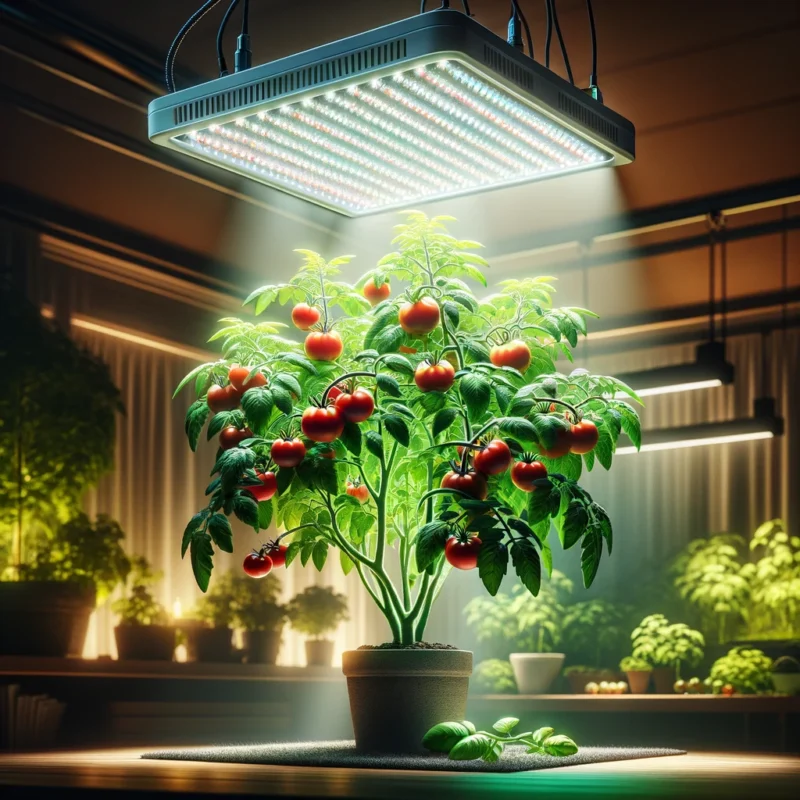LED
Tips for Growing Under LED Grow Lights
Growing plants under LED grow lights can be highly effective, as these lights are designed to provide the specific light spectrum that plants need for photosynthesis while being energy-efficient. Here are some tips to help you get the most out of growing plants under LED grow lights:
- Choose the Right LED Grow Lights
- Spectrum: Full-spectrum LEDs are generally best as they mimic natural sunlight, providing a range of blue, red, white, and sometimes UV and IR light that supports vegetative growth and flowering.
- Intensity: The wattage and intensity of the light should match your plant’s needs. High-light plants (like tomatoes) will need more intense light compared to low-light plants (like lettuce).
- Proper Light Placement
- Distance: Keep LED lights at the right distance from your plants. This can vary depending on the plant type and the light’s intensity. Generally, 12-24 inches is a good starting point, but refer to your light’s manual for specific recommendations.
- Coverage: Ensure the light covers the entire growing area uniformly. Adjust the placement as plants grow to maintain optimal coverage.
- Manage the Light Schedule
- Photoperiod: Different plants require different amounts of light per day. Most vegetable and flowering plants thrive on 14-18 hours of light per day during the vegetative stage, and 12 hours during the flowering stage.
- Consistency: Use a timer to maintain a consistent light schedule, which is crucial for plant health and yield.
- Monitor Temperature and Humidity
- Temperature: LED lights produce less heat than traditional grow lights, but temperature should still be monitored. Aim for 70-75°F (21-24°C) during the day and slightly cooler at night for most plants.
- Humidity: Maintain appropriate humidity levels, typically between 40-60%, adjusting based on the growth stage and plant type.
- Watering and Nutrient Management
- Watering: Since LED lights generate less heat, plants may require less frequent watering. Monitor soil moisture closely and adjust your watering schedule as needed.
- Nutrients: Regularly assess your plants for nutrient needs. LED-grown plants may require different nutrient levels, especially in terms of nitrogen.
- Watch for Signs of Stress
- Light Burn: Even though LEDs are cooler, too close a proximity can cause light burn, noticeable by yellowing or bleaching of leaves. Adjust the light height if you see these signs.
- Under or Overexposure: Adjust the duration or intensity of light if plants show signs of stress, such as elongated stems (stretching for more light) or stunted growth (too much light).
- Experiment and Adjust
Every plant species has unique needs, and factors like your growing environment, the specific LED lights you’re using, and even the color of your walls can affect growth. Be prepared to experiment and adjust based on the feedback you’re getting from your plants.
- Rotation
Rotate your plants regularly to ensure each side receives equal light exposure, promoting even growth.
By following these tips and paying close attention to your plants’ responses, you can successfully grow a wide variety of plants under LED grow lights, from seedlings to flowering plants. The key is to observe and adjust your practices as you learn what works best for your specific setup and plant types.
Check out our full range of LED lighting


